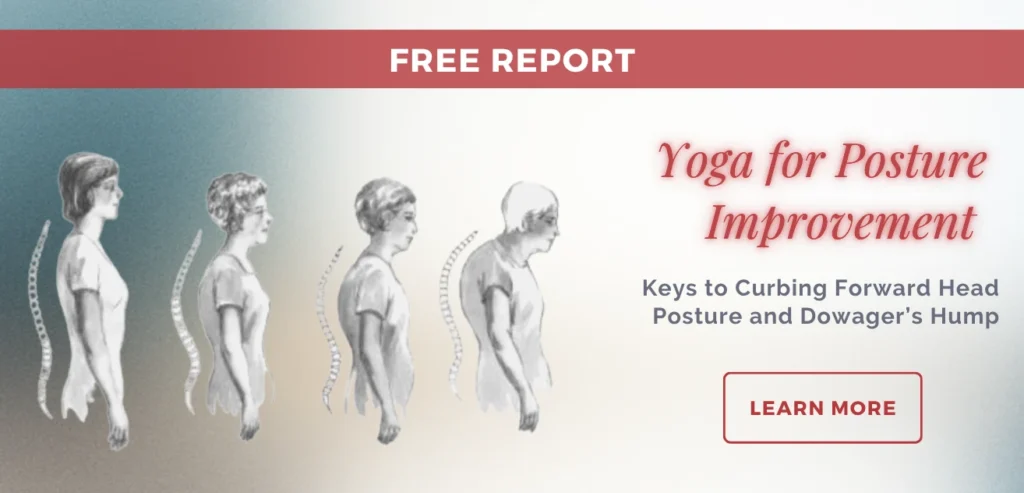Yoga vs. Yoga Therapy?

Many people wonder what the difference is between yoga and yoga therapy, and which one is right for them. Here are the highlights of what yoga therapy is, what its benefits are, and how yoga therapy differs from traditional yoga asana classes.
Basically, yoga therapy uses the ancient science of yoga to enhance health and wellness at all levels of the person: physical, emotional, and spiritual. Yoga therapy focuses on the path of yoga as a healing journey that brings balance to all aspects of life through an experiential awakening of our essential nature. Yoga therapy is useful both for people who seek relief for specific health challenges, as well as for people who want to enjoy good health, prevent disease, and slow the progression of aging.
Yoga therapy is based on a view of the individual as a wholeness. For true health to occur, all aspects of a person must be addressed as a whole. Many forms of yoga therapy, such as Integrative Yoga Therapy, use the ancient Vedic model of the Five Koshas as a framework for creating holistic healing and transformation.
In yoga therapy, the tools and techniques of yoga serve to reconnect each client to him or herself at all levels—from the physical body to the breath, the energetic body, mind and emotions, the higher wisdom faculty, and to the spirit. Some of the main ways in which yoga therapy differs from yoga are:
• Yoga therapy works with your goals. Each session is tailored to your needs, whether you want to gain relief from chronic pain, facilitate injury recovery, improve flexibility, reduce stress, improve well-being, get help with depression, or simply retain your youthful appearance and energy.
• Yoga therapy targets the practice to specific disease condition. Most disease conditions benefit from some yoga asanas or yoga breathing techniques and not others. A yoga therapy program for back pain, for example, would be very different from a yoga therapy practice targeting depression. Some yoga therapists specialize mainly in one disease condition, while others have a more broad focus.
• Yoga therapy adjusts the poses to your body’s needs. A yoga therapist shows you how to modify and adjust poses to your body’s specific needs, using props, modifications, and alignment assists. This ensures that you get the full benefits from each pose.
• Yoga therapy uses adjunct techniques to speed your progress. When called for, some yoga therapists may use deep tissue massage and fascia release work while you are in the pose to release tight muscle groups and facilitate a deeper core awakening.
• Yoga therapy deepens body awareness. Yoga therapy is offered in individual sessions or small classes, enabling the therapist to guide you in the fine subtleties of muscle relaxation, stretching, and strengthening. This increases body awareness and helps you make more rapid progress in reshaping your body.



